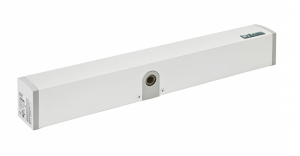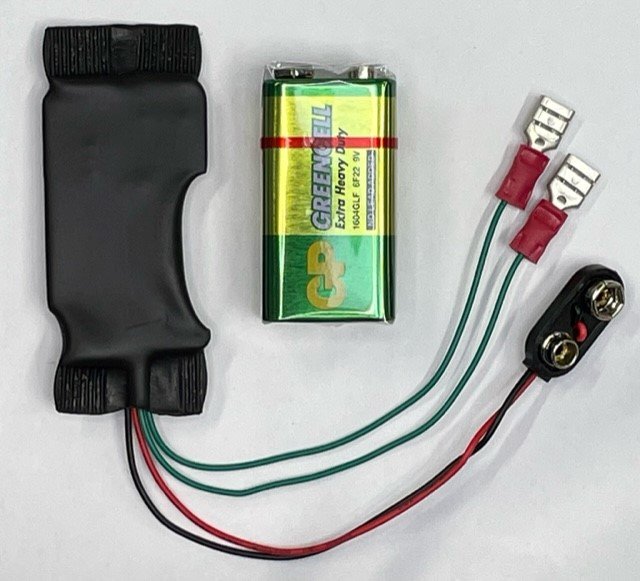Mechanical Push Pad Convertor FOBW9-S
VAT: {price_excluding_tax}
Mechanical Push Pad Convertor
A wireless fob with 9V battery to convert mechanical push pads into radio versions. Including spades connectors. Spades can be easily cut if not needed.
How does it work?
- Fit inside the relevant push pad and connect to the pre-wired flying leads.
- Connect the battery lead to the supplied battery
- Programme it to one of our receivers
- And voila the push pad is now wireless!
See related products for compatible receivers.






BEST PRICE
Prices that are hard to beat!
TRADE ENQUIRIES
Set up an online account or contact us for the current trade prices
GUARANTEED
Next-Day Delivery*
Order Online or Call Us Now On 01246 417113
Are you a governing body, council, school or part of the NHS? Contact us now to set up a credit account
Reviews
You Might Also Like
-

Label Door Operator NEXT120s
Labe...
£622.00Excluding Sales Tax | ShippingBUY NOW -

DDA Compliant Architrave 868MHz Radio Stainless Sensor ASTXOPEN-NL
DDA Compliant Slim stainless automatic door sensor Architrave 868MHz wireless 'Touc...
£65.98Excluding Sales Tax | ShippingBUY NOW -

Touch To Open Door Sensor DDA Compliant AOPEN / AOPEN-NL
Touch to Open Door Sensor with scratch resistant acrylic label Our hardwired (12-28v DC) architrave Touch Sens...
£56.70Excluding Sales Tax | ShippingBUY NOW -

Contactless Round Wireless Kick Switch RTXFOOT
Contactless Round Wireless Kick Switch "No Touch" Round 868MHz wireless Foot switch with scratch resistant, an...
£70.10Excluding Sales Tax | ShippingBUY NOW -

DDA Compliant Touch Free Automatic Door Activation Sensor RTXHAND / RTXHAND-NT
Hygienic Touch Free Automatic Door Activation Sensor DDA Compliant - 868MHz Wireless - Contactless - Scrat...
£70.10Excluding Sales Tax | ShippingBUY NOW -

868MHz Receiver 2 & 4 Channel
868MHz Receivers RX-2 & RX-4 Small 868MHz receivers. 2 or 4 C...
£28.35Excluding Sales Tax | ShippingBUY NOW


